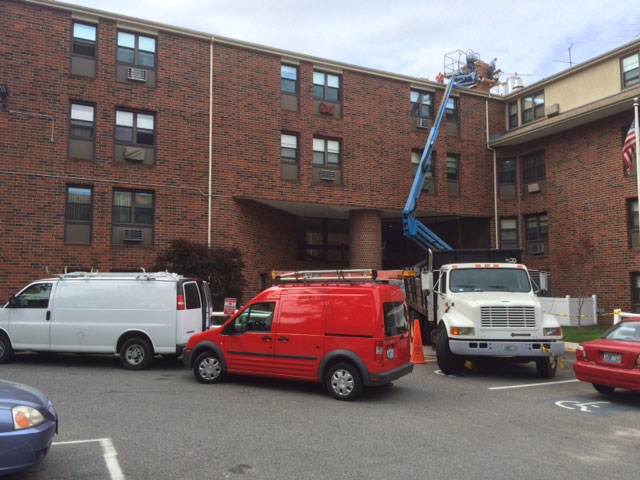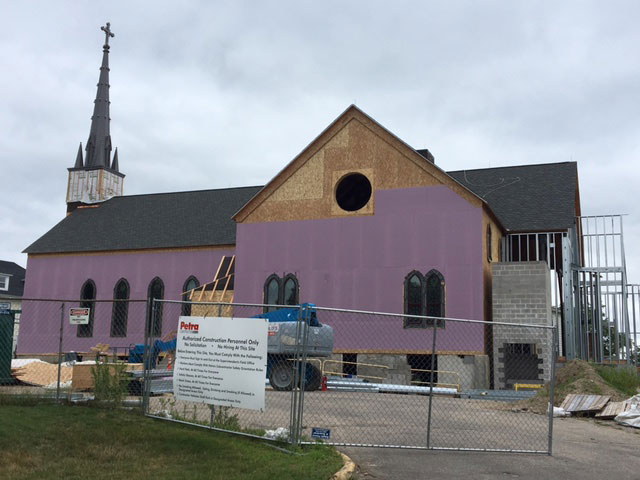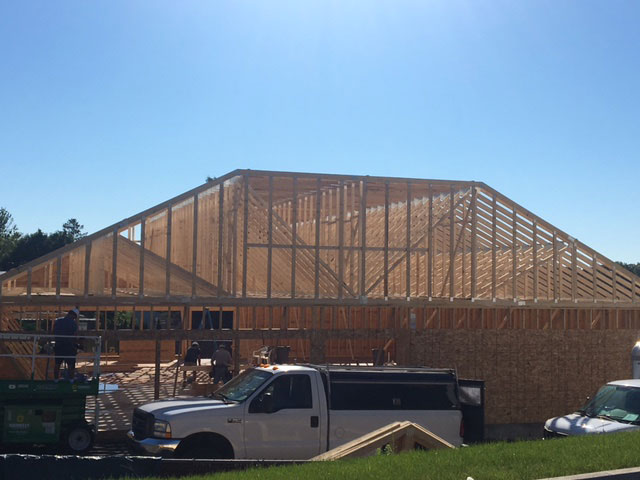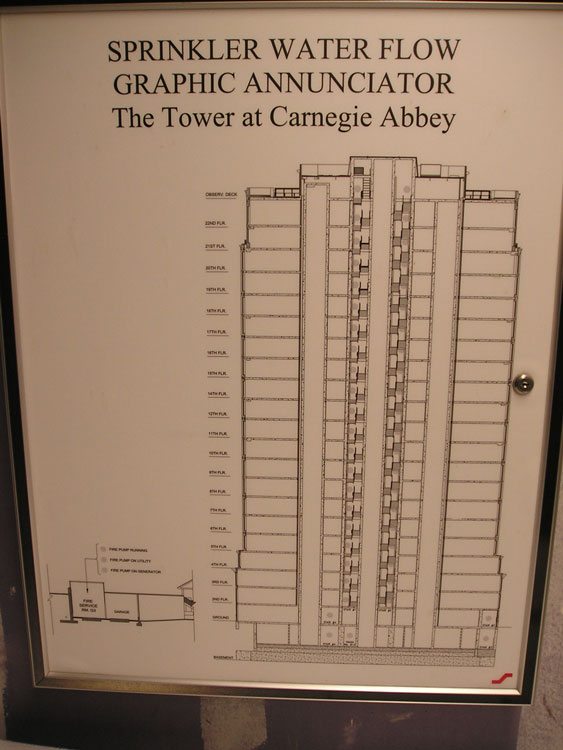
By David DeStefano
These days, fire companies are confronted with an expanded variety of missions, scheduled training and certifications, and a trend toward an increased workload of routine and emergency duties. Given all this, firefighters may overlook one of the most informational and important aspects of maintaining a safe and efficient operation: the institutional knowledge of the district in which they respond as a first in-unit.
Murphy: Launching a “Know Before You Go” Mentality on Gathering Building Intelligence
Spending time “on the streets” in the first-in area pays many dividends. Firefighters and officers should regularly monitor the progress of buildings under construction, renovation, or demolition. These represent the most dangerous phases in the life of a structure as during these times building components and fire protection features may not be in place and access to the structure and site may be limited or hampered by equipment. Tradespeople working on site also provide a variety of hazards in the form of torches, fuel, and heavy equipment. Visiting new buildings or renovation projects will be invaluable in learning many facets of construction and comparing how materials and methods may help or hinder our fireground efforts.
Spending time checking out neighborhoods, commercial, and industrial zones will help ensure a thorough knowledge of access points, traffic conditions, and vacant buildings, all of which may present additional firefighting hazards. District familiarization allows officers and firefighters to learn the locations of annunciator panels and fire department connections, as well as the accessibility and functional status of hydrants or static water sources.
RELATED: Are You Prepared for a Fire on Your Town’s Main Street? | Lightweight Apartment Building Fires: Heavyweight Realities | Company Officers Must Know Their First-Due | THE ART OF FIRST-DUE
Another benefit of district familiarization is the opportunity to give new driver/operators time behind the wheel. This includes not only driving the rig but positioning at buildings using different scenarios. Engine companies can place the pumper to allow for later-arriving ladder trucks or to allow for access to a static water source. Truck companies can position for roof access or to make rescues from various windows. This type of scenario training can also include a size-up component. Company members can practice pulling up to a wide variety of buildings with a random fire scenario in mind. They can then perform a size-up based on the imaginary fire and format a brief initial size-up report that would be transmitted if they were first-in to the incident. They can further discuss the tactical options that may be employed to address the incident. Working as a team, the officer and senior members can help newer firefighters develop their size-up skills and initial action plan. The ability to plan for potential fires or other incidents is limited only by the imagination of the members.
We know that when responding to an incident numerous decisions must be made that impact the safety of both firefighters and occupants. These decisions are translated into actions based on rapid observations and incomplete information. One key to making sound decisions is having the most information rapidly available at the level of the first-arriving company. Modern technology has provided computer resources such as apparatus mounted and hand-held tablets. However, a fire company that has knowledge of their district can leverage the computer information with nuances that transcend the digital world. Maintaining knowledge of evolving conditions and using this reconnaissance along with the digital information, size-up points, and department policies as part of the decision-making process will enhance the safety and efficiency of any fire company.

(1) Companies conducting district familiarization will often discover access problems due to repair work, promotional events, or other temporary activities.

(2) Monitoring large-scale renovation or demolition projects for emerging hazards is an ongoing process in the first-due area.

(3) Traditionally styled churches are often thought of as substantial Type IV buildings. This project features lightweight construction methods. Visiting construction sites can prove an educational experience for all members.

(4) Site visits can be used to discuss potential strategies for responding to fires involving lightweight wood truss or other common construction methods.
 Remove an existing hyperlink from the selected text.
Remove an existing hyperlink from the selected text.
(5) Visiting the scene of a recent fire that occurred on another work group will provide significant insight to new members as to fire spread and the result of tactical choices on the fireground. All members will benefit from being able to see the results of the firefight as described by the members who worked the incident.

(6) Gaining familiarity with the location and operation of building systems is key to a safe and efficient response.
 David DeStefano is a battalion chief for the North Providence (RI) Fire Department (NPFD), where he has served for 28 years. He is also the NPFD’s chief of safety and training. He was previously the captain of Ladder Co. 1, where he also served as a lieutenant and firefighter. Additionally, he was assigned as a lieutenant in Engine 3. DeStefano is an instructor/coordinator with the Rhode Island Fire Academy and lectures on fire service topics throughout Southern New England. He was also an FDIC International 2017 presenter. DeStefano can be reached at dmd2334@cox.net.
David DeStefano is a battalion chief for the North Providence (RI) Fire Department (NPFD), where he has served for 28 years. He is also the NPFD’s chief of safety and training. He was previously the captain of Ladder Co. 1, where he also served as a lieutenant and firefighter. Additionally, he was assigned as a lieutenant in Engine 3. DeStefano is an instructor/coordinator with the Rhode Island Fire Academy and lectures on fire service topics throughout Southern New England. He was also an FDIC International 2017 presenter. DeStefano can be reached at dmd2334@cox.net.

